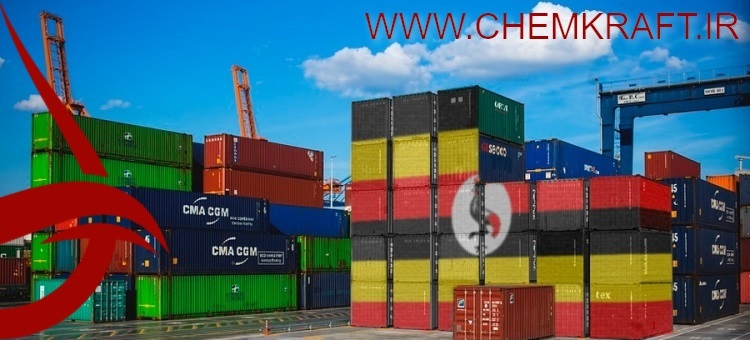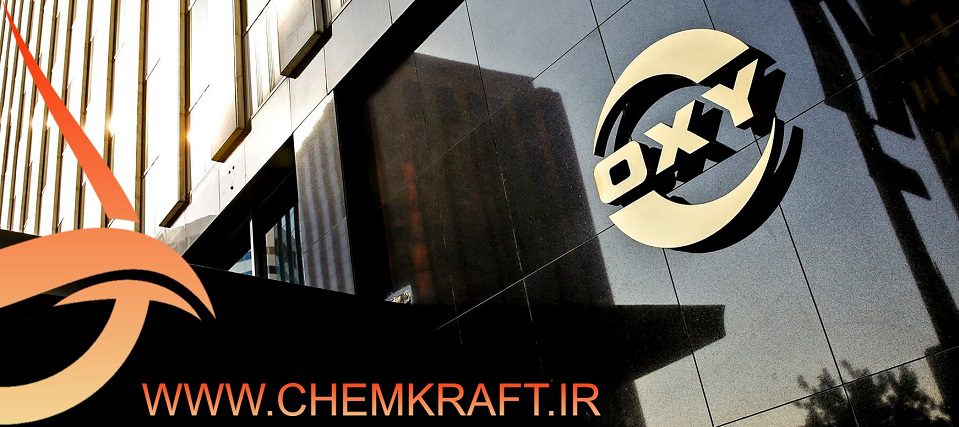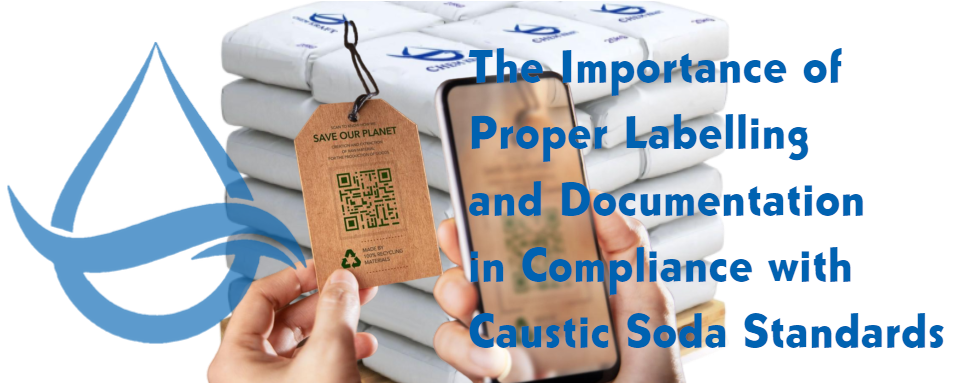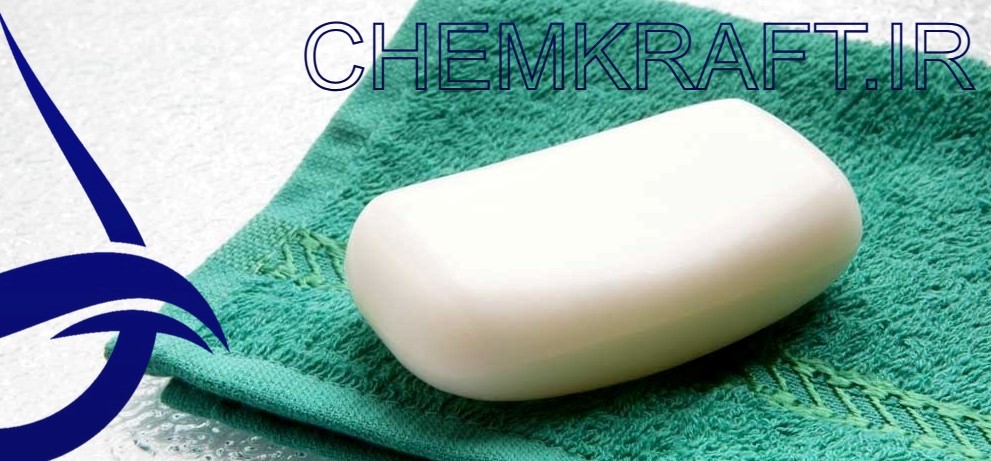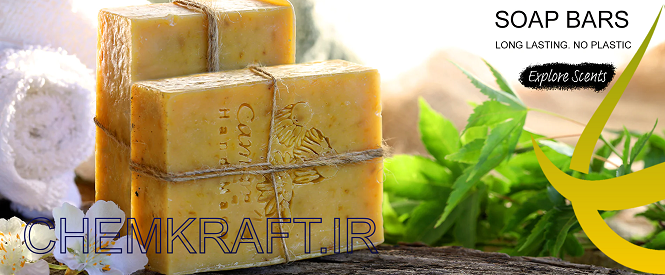1. Introduction to caustic soda import industry in Uzbekistan
Uzbekistan’s caustic soda imports: The caustic soda import industry plays a crucial role in the economic landscape of Uzbekistan. Caustic soda, also known as sodium hydroxide, is a versatile chemical compound widely used in various industrial sectors such as manufacturing, paper, textiles, and water treatment. As Uzbekistan continues to develop and expand its industrial base, the demand for caustic soda imports has witnessed significant growth. However, navigating the trade agreements and policies that govern the import of caustic soda can be a complex and challenging process. This article aims to provide a comprehensive overview of the trade agreements and policies affecting caustic soda imports into Uzbekistan, along with insights into regulatory bodies, import procedures, tariff structures, challenges, and future opportunities in this dynamic industry.


